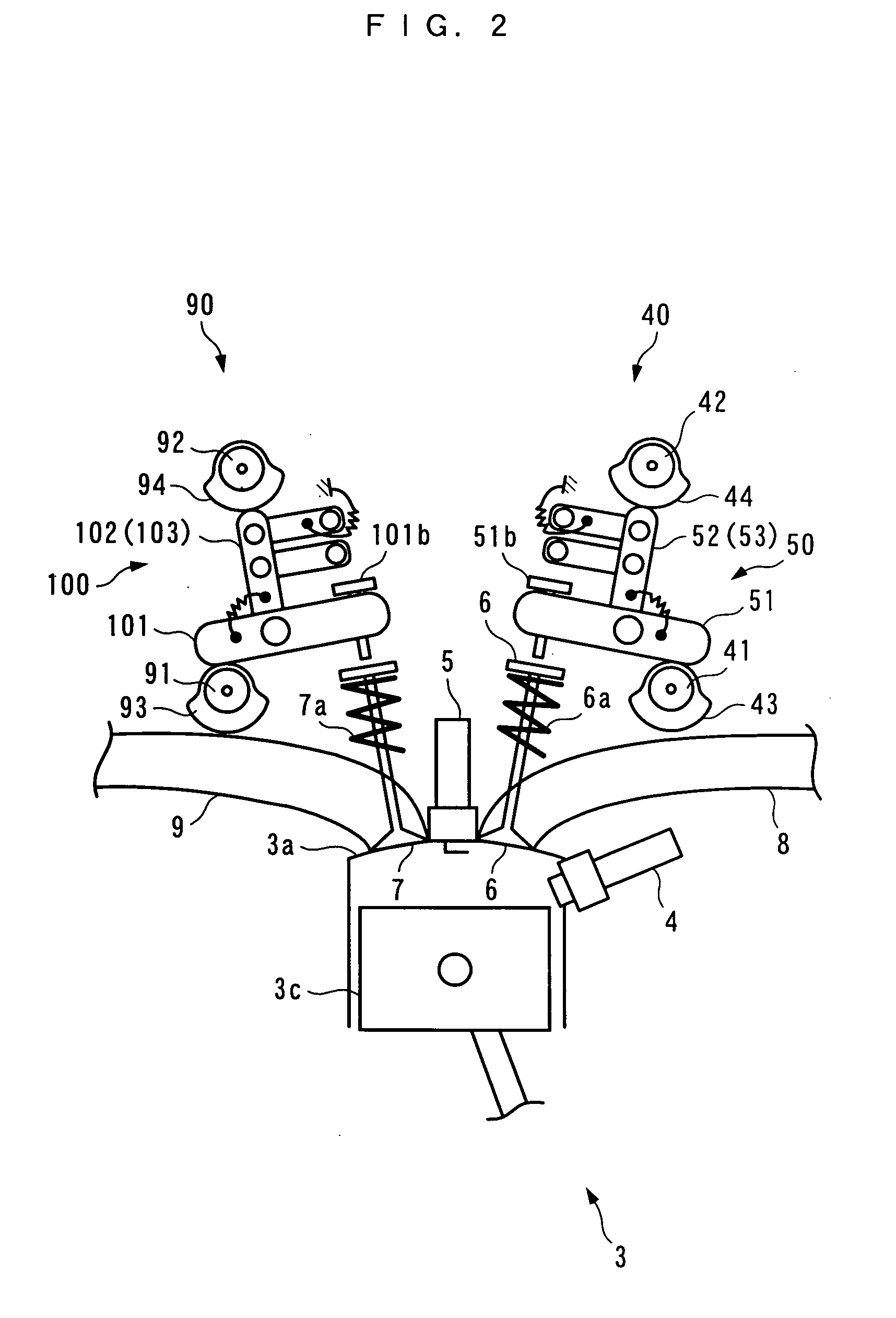Intake Air Amount Control System for Internal Combustion Engine and Control System
a control system and air amount technology, applied in the direction of electric controllers, electric control, instruments, etc., can solve the problem of general dead time between actual operation and operation, and achieve the effect of short time period and increased convergence speed
- Summary
- Abstract
- Description
- Claims
- Application Information
AI Technical Summary
Benefits of technology
Problems solved by technology
Method used
Image
Examples
Embodiment Construction
[0181]The invention will now be described in detail with reference to the drawings showing a preferred embodiment thereof. Referring first to FIGS. 1 and 2, there is schematically shown the arrangement of an internal combustion engine 3 (hereinafter simply referred to as “the engine 3”) to which is applied a control system 1 (intake air amount control system / control system) according to the present embodiment. FIG. 3 schematically shows the arrangement of the control system 1. As shown in FIG. 3, the control system 1 includes an ECU 2. The ECU 2 carries out control processes, as described hereinafter, including a process for control of valve timing of intake valves 6 and exhaust valves 7, based on operating conditions of the engine 3.
[0182]The engine 3 is an inline four-cylinder gasoline engine installed on an automotive vehicle, not shown, and has first to fourth cylinders #1 to #4 (see FIG. 5). Further, the engine 3 includes main fuel injection valves 4 (only one of which is shown...
PUM
 Login to View More
Login to View More Abstract
Description
Claims
Application Information
 Login to View More
Login to View More - R&D
- Intellectual Property
- Life Sciences
- Materials
- Tech Scout
- Unparalleled Data Quality
- Higher Quality Content
- 60% Fewer Hallucinations
Browse by: Latest US Patents, China's latest patents, Technical Efficacy Thesaurus, Application Domain, Technology Topic, Popular Technical Reports.
© 2025 PatSnap. All rights reserved.Legal|Privacy policy|Modern Slavery Act Transparency Statement|Sitemap|About US| Contact US: help@patsnap.com



